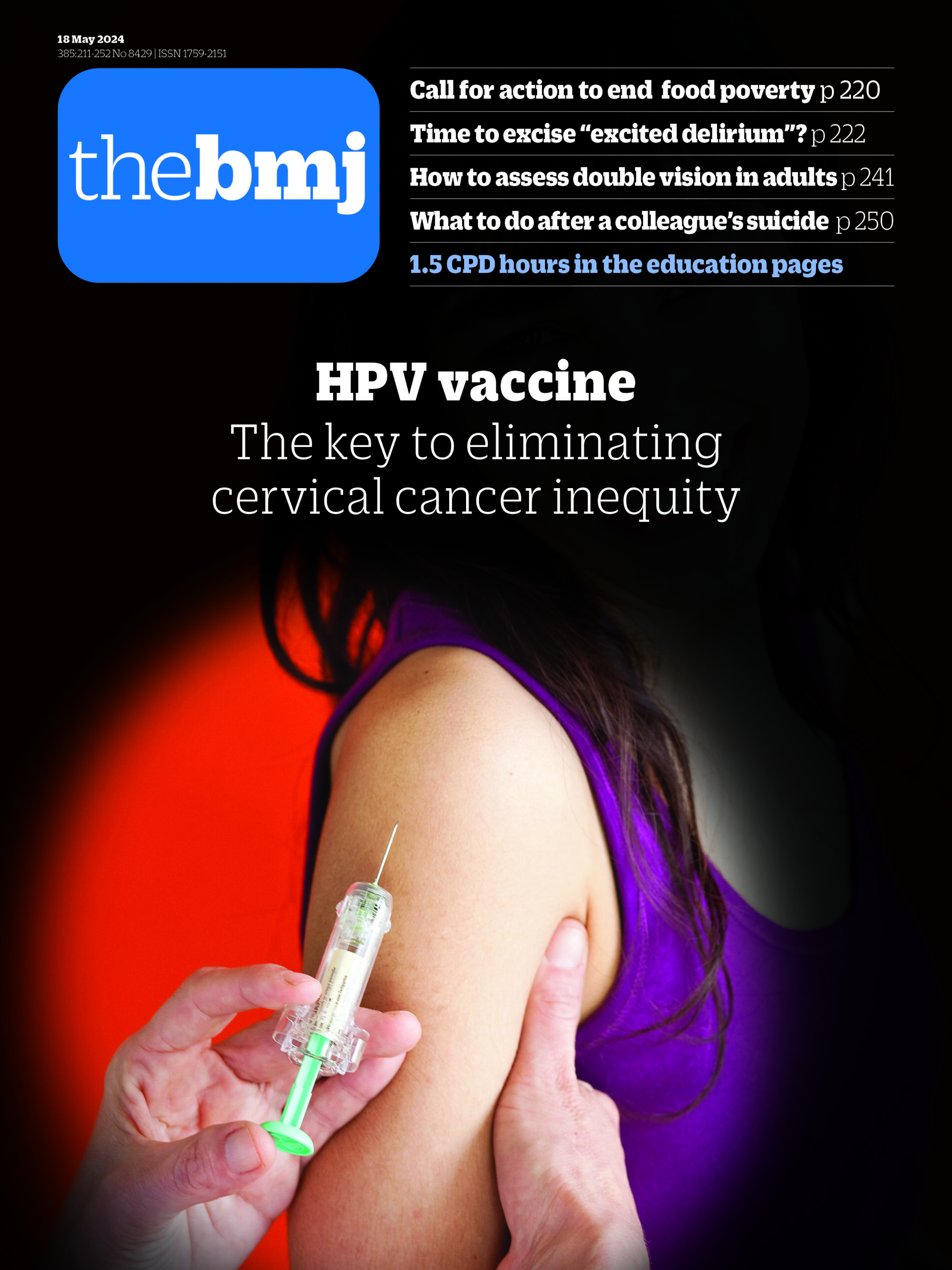Key takeaways:
- The top 10% of outpatient prescribers by antibiotic volume contributed 42% of all antibiotic claims.
- The top 25% contributed 55.5% of the claims for three specific broad-spectrum antibiotics.
HOUSTON — A study assessing outpatient antibiotic prescribing among clinicians in Philadelphia successfully identified those considered “high-volume prescribers” who may be at risk for inappropriate antibiotic use.
“Antibiotic stewardship (AS) is an effort to improve antibiotic use by optimizing when, how, and which antibiotics are used,” Giovanny Zapata, MPH, antibiotic stewardship epidemiologist in the Healthcare-Associated Infections & Antimicrobial Resistance (HAI/AR) Program at the Philadelphia Department of Public Health (PDPH), told Healio.

A study assessing outpatient antibiotic prescribing identified “high-volume prescribers” and found that the top 10% of outpatient prescribers contributed 42% of all antibiotic claims. Image: Adobe Stock.
“AS is a core strategy to combating antimicrobial resistance, which is an increasing public health threat and a CDC priority area,” he said.
Zapata explained that the CDC examined outpatient antibiotic prescribing and that the HAI/AR program at the PDPH conducted a similar project to identify and alert outpatient high-volume prescribers (HVPs) in Philadelphia.
For this project, which was presented at the Society for Healthcare Epidemiology of America Spring conference, the researchers used the same data sources as the CDC — the CMS Part D Prescriber Public Use Files — for 2021.
“The goal of the project was to identify HVPs in Philadelphia and to send them peer comparison letters to increase their awareness and provide AS education,” Zapata said.
The researchers identified HVPs through data on overall and drug-specific antibiotic volume and rates, restricting the analyses to Philadelphia prescribers specializing in internal medicine, family practice, or general practice with antibiotic and beneficiary claim counts of 11 or more.
They further restricted the dataset to prescribers of high-consequence drugs such as levofloxacin, ciprofloxacin, and azithromycin.
In total, 1,001 outpatient prescribers met study inclusion criteria. The top 10% of these prescribers by antibiotic volume were identified, resulting in 101 HVPs and contributed to 42% of all antibiotic claims.
After focusing the study further on broad-spectrum antibiotics, specifically looking at fluoroquinolone (levofloxacin, ciprofloxacin) and macrolide (azithromycin) — which Zapata said are “frequently overused” and could drive antibiotic resistance — they found that 306 unique prescribers met inclusion criteria.
The researchers identified the top 25% of these prescribers by antibiotic volume, and then determined that these 89 contributed 60.5% of all antibiotic claims and 55.5% of the claims for the three specific drugs combined.
The researchers then sent letters to the top 10 HVPs in each of these two groups in November and December of 2023, alerting them of their HVP status. By doing so, Zapata hopes that these HVPs will utilize the evidence-based AS educational resources provided in the letters for personal reflection and to improve their prescribing habits.
“Many of the HVPs we identified based on the 2021 data, had been HVPs in multiple prior years, suggesting that their prescribing behaviors remained consistent over time,” Zapata said. “Providing individualized feedback to these HVPs is a targeted approach to reducing inappropriate antibiotic prescribing where it is most likely to occur.”
Zapata added that prescribers at highest risk for misuse or overuse of antibiotics can be empowered to self-reflect on how they prescribe antibiotics by providing them feedback about how their prescribing habits compare with those of their peers.
“By utilizing evidence-based AS educational resources, prescribers can improve their prescribing knowledge and prescribing habits over time and help combat antibiotic resistance,” he concluded.










